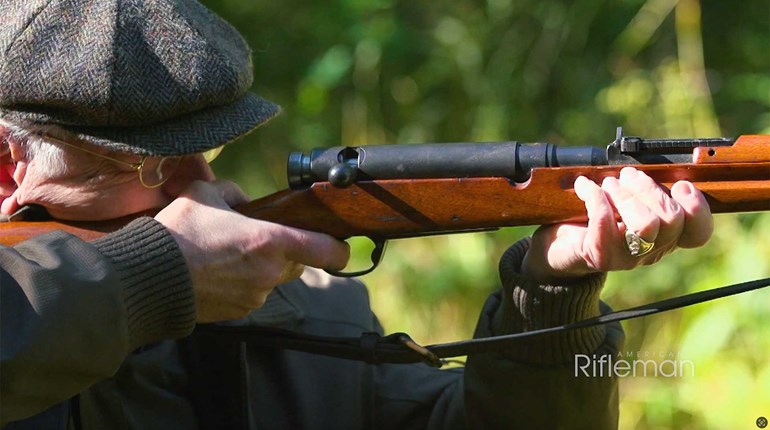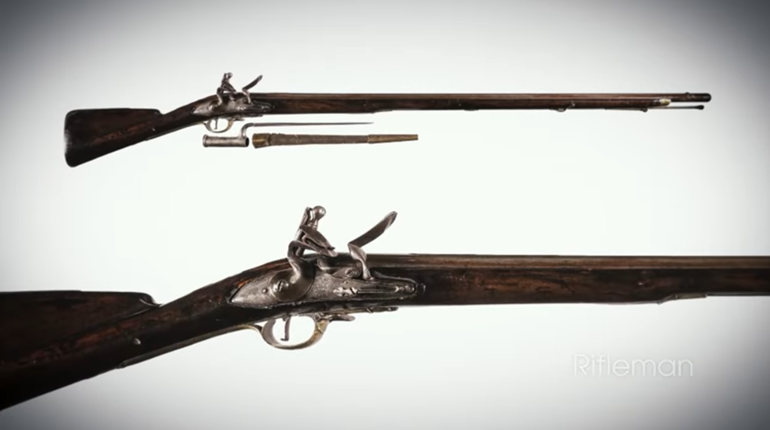
The story of the OSS Liberator is one of the more interesting stories of World War II. A small, single-shot, .45-caliber handgun, the Liberator was designed to be used by underground and resistance fighters in occupied Europe and Asia. The idea was to supply the resistance with a disposable firearm that could be used to acquire better firearms from dead enemy soldiers. The Office of Strategic Services (or OSS, the precursor to today’s CIA), along with the Joint Psychological Warfare Committee of the War Department, called upon the Army Ordnance Board to develop the gun. It was a tall order: 1) the gun needed to be light (under 1 pound); 2) it needed to be cheap to build; 3) it had to be rapidly produced; 4) it needed to be sturdy; and 5) if it fell into the hands of the enemy, it couldn’t be of much help to them.
George Hyde, a firearm inventor, and the Inland Division of General Motors, immediately set about this task. The firearm approved for production was a rather crude-looking single-shot pistol chambered to accept the .45 ACP, a cartridge already in wide military use in the M1911A1 pistol and the 1928 Thompson Machine Gun. A hollow handle provided space to store 10 cartridges, bringing the weight of the pistol to exactly 16 ounces. It had a 4-inch smoothbore barrel made from seamless steel tubing.
A cocking mechanism of zinc was mounted on the back. The front sight was a point formed by the trigger guard as it wrapped around the barrel; the rear sight was a notch cut in the cocking mechanism. Instructions for operation were in the form of drawings, detailing step-by-step how to load, fire and eject spent cartridges from the pistol. Each pistol was equipped with its only accessory, a dowel to assist in removing spent casings.
To operate the pistol, one had to hold it in one hand and use the other hand to pull backward and rotate the cocking piece to a resting position. Then the breech cover was raised and a single .45 round was inserted. The breech cover slid back into place and the cocking piece was rotated to the armed position. At this point it was ready to fire.
The accuracy was somewhat unreliable: Because the barrel was a smoothbore, effective range was only 20 feet! But it was sturdy enough to be dropped from airplanes to the resistance units in Europe and the Philippines. Stories of airmen aboard Dakota transport planes using coal shovels to pitch the guns over the French countryside might seem a bit fantastic, but not at all unlikely given the indestructible nature of the gun.
Just four weeks after they got the contract, General Motors completed delivery of all the requested Liberators at a cost of $1.71 each! Packaging and the 10 rounds of ammunition increased the cost up to $2.10 per gun. It took only 13 weeks from conception to final delivery, quite an industrial achievement for that time! Becoming increasingly hard to find in recent years, a complete Liberator is an often sought after and quite desirable firearm.







































